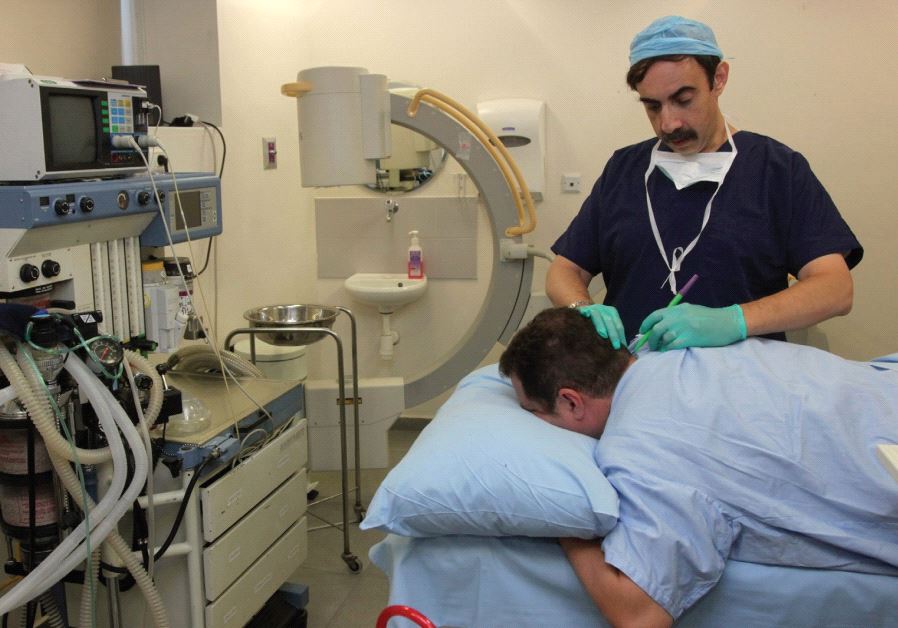Health system report card gets mediocre grades from OECD
An OECD report covering 2015 shows that Israel's health infrastructures leave much to be desired.
 AN ISRAELI DOCTOR examines a patient in this illustrative photo.(photo credit: MARC ISRAEL SELLEM/THE JERUSALEM POST)Updated:
AN ISRAELI DOCTOR examines a patient in this illustrative photo.(photo credit: MARC ISRAEL SELLEM/THE JERUSALEM POST)Updated: